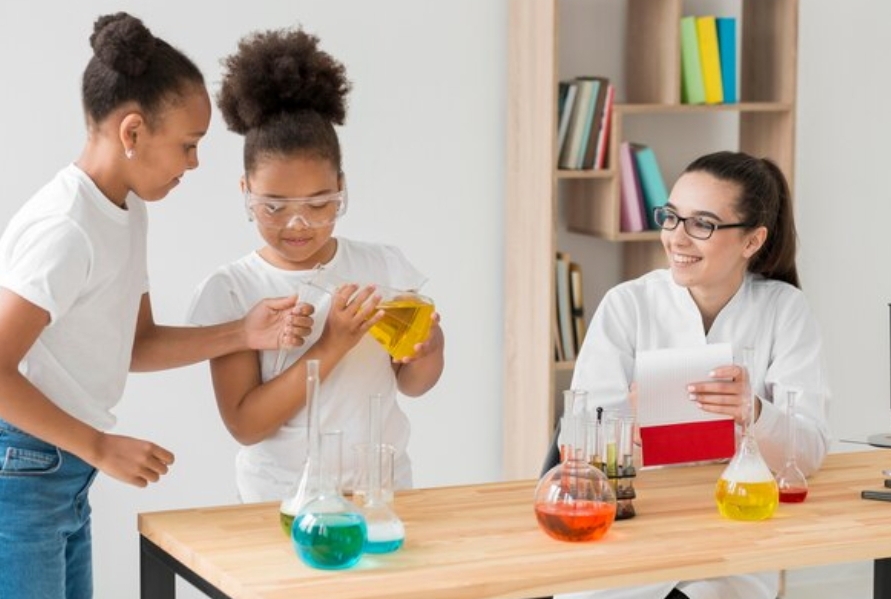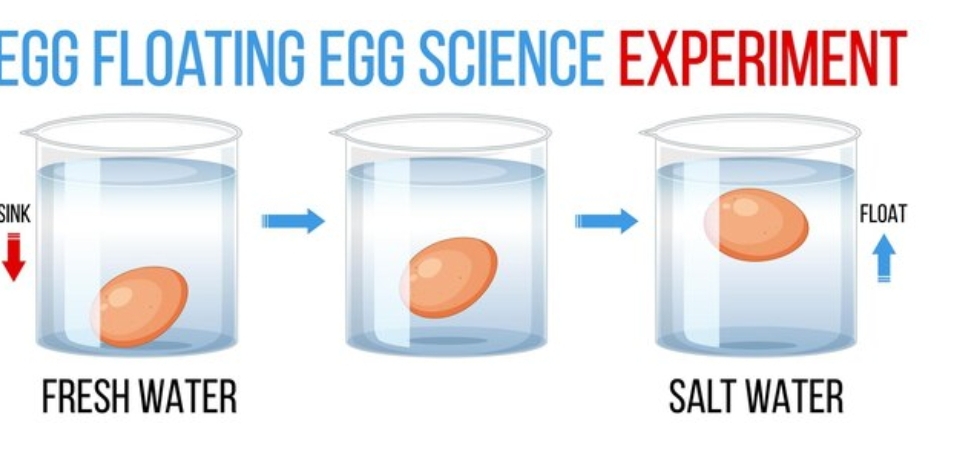
Summer is a time for children to unwind, explore, and have fun. But who says learning has to take a backseat? By integrating science experiments into summer activities, you can spark curiosity, foster creativity, and keep your child engaged in a meaningful way. This post will guide you through fun and educational science activities that turn summer play into a hands-on learning experience.
Why Integrate Science Experiments into Summer Fun?
Science is everywhere, and summer offers the perfect backdrop to explore it. By combining play with science, children can:
Enhance Critical Thinking Skills: Experiments encourage kids to ask questions, make observations, and draw conclusions.
Boost Creativity: Science experiments often involve a mix of art, design, and problem-solving, allowing children to express themselves creatively.
Foster a Love for Learning: Fun, hands-on activities can make learning feel like play, nurturing a lifelong love for discovery.
Outdoor Volcano Eruption

Create a mini-volcano in your backyard using baking soda and vinegar. Watch your child’s eyes light up as they witness the explosive reaction. This activity teaches basic chemistry concepts like acid-base reactions and can be customized with food coloring for added fun.
Sun Prints with Natural Objects

Harness the power of the sun to create beautiful cyanotype prints using leaves, flowers, or other natural objects. This activity introduces children to the science of light and shadow while they create art with nature.
Floating Egg Experiment

Explore the concept of density by making an egg float in saltwater. Children can experiment with different amounts of salt to see how it affects buoyancy, leading to discussions about the Dead Sea and the science behind flotation.
Homemade Ice Cream in a Bag
Turn your kitchen into a science lab by making ice cream in a bag. This experiment teaches about the freezing point and phase changes, with a delicious reward at the end.
Leaf Chromatography

Unveil the hidden colors in leaves by separating pigments using chromatography. This simple experiment teaches children about plant biology and the process of photosynthesis.
DIY Solar Oven
Harness the sun’s energy to cook s’mores in a homemade solar oven. This project introduces children to the concept of solar power and renewable energy, demonstrating how the sun’s rays can be used for practical purposes.
Water Filtration Experiment
Teach your children about the importance of clean water by building a simple water filter using sand, gravel, and a coffee filter. This experiment demonstrates how filtration systems work and can lead to discussions about environmental science and water conservation.
Rocket Balloon Science
Turn a balloon into a rocket and explore the principles of physics and motion. This fun and active experiment allows children to learn about Newton’s Third Law of Motion while racing their balloon rockets.
Rain Gauge and Weather Tracking
Get children involved in tracking the weather by creating a rain gauge. This activity introduces meteorology and helps children understand the importance of weather patterns and data collection.
Magic Milk Experiment
Transform milk into a canvas of swirling colors with this simple experiment that teaches children about the chemistry of molecules and surface tension. Add food coloring and dish soap to a shallow dish of milk and watch the colors dance.
Conclusion
Integrating science experiments into your summer fun doesn’t just keep kids entertained, it nurtures their curiosity and fosters a love for learning. Each of these activities combines play with education, making it easy to sneak in a bit of learning while they’re having a blast.
Remember, the key is to keep it fun and engaging. Encourage your children to ask questions, make predictions, and explore the world around them with an inquisitive mind.
If you found these ideas helpful, leave a comment and subscribe to our newsletter for more tips on making learning fun all year round! Don’t miss out on creative ways to engage your kids this summer and beyond.










